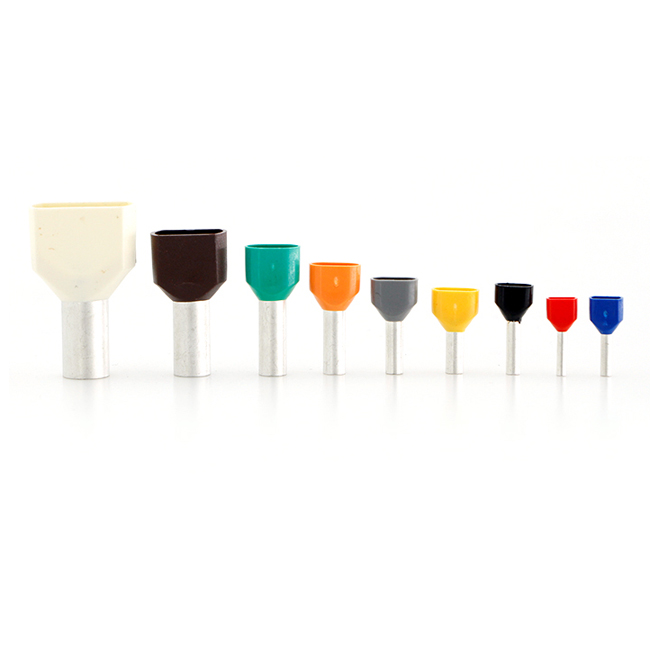Selection The selection of the pressure gauge should be based on the specific requirements of the process and production. It is essential to conduct a detailed analysis for each situation. Under the premise of meeting the process requirements, it should be considered comprehensively from an economic perspective. The following aspects should generally be taken into account: 1. Type Selection The choice of instrument type must meet the needs of the production process. For example, does the application require remote transmission, automatic recording, or alarms? What are the characteristics of the medium being measured (such as temperature, viscosity, corrosiveness, contamination level, flammability, or explosiveness)? What environmental conditions exist at the site (like humidity, temperature, magnetic field, vibration, etc.)? These factors all influence the choice of instrument type. Correctly selecting the instrument type is crucial to ensuring the normal operation and safe production of the system. For instance, the spring tubes of standard pressure gauges are usually made of copper alloy (or high-pressure alloy steel), while ammonia pressure gauges use carbon steel or stainless steel because copper alloys can react with ammonia and cause explosions. Therefore, ordinary pressure gauges cannot be used for ammonia measurement. Oxygen pressure gauges are structurally similar to standard ones but must not contain any oil. This is because oil entering the oxygen system can lead to explosions. Oxygen pressure gauges must avoid contact with oil during storage and handling. If an existing oil-filled pressure gauge is to be used for oxygen measurement, it must be thoroughly cleaned with carbon tetrachloride before use and checked until no oil remains. 2. Determination of Measurement Range To ensure that the elastic element works reliably within the safe range of elastic deformation, the pressure gauge must be selected appropriately. During the process, there should be sufficient space depending on the magnitude and fluctuation of the pressure. Therefore, the upper limit of the pressure gauge should exceed the maximum possible pressure in the process. According to the "Technical Regulations for Chemical Self-Control Design," when measuring stable pressure, the maximum working pressure should not exceed 2/3 of the upper limit of the scale. For pulsating pressure, it should not exceed 1/2 of the upper limit. When measuring high pressure, the maximum working pressure should not exceed 3/5 of the upper limit. Generally, the minimum value of the measured pressure should not be less than 1/3 of the upper limit to maintain a linear relationship between input and output. After calculating the upper and lower limits based on the maximum and minimum values of the measured parameters, these values should not be directly used as the measurement range. The upper limit of the scale should be chosen from the standard series specified by the state. In China, the standard series for pressure gauge ranges include: -0.1–0.06, 0.15; 0–1, 1.6, 2.5, 4, 6, 10 × 10^n MPa (where n is a natural number, which can be positive or negative). 3. Accuracy Level Selection The accuracy level of the instrument should be determined based on the maximum allowable absolute error and the selected instrument. The maximum reference error allowed by the instrument should be calculated, and the accuracy level should be set according to the national standards. While higher accuracy generally means more reliable measurements, it is not always better, as more precise instruments tend to be more expensive and complex to operate and maintain. Selection Example: 1. For special media such as viscous or acidic/alkaline substances, diaphragm pressure gauges with stainless steel components should be used. The housing can be made of stainless steel or bakelite. Different media require specific color codes on the pressure gauge, along with the name of the medium indicated. For example, oxygen gauges must be marked with "oil-free" in red, hydrogen gauges with dark green lines, and ammonia gauges with yellow horizontal lines. 2. When installing against a wall, a pressure gauge with a rim should be used. For direct installation on pipelines, a gauge without a rim is preferred. When measuring gas, a gauge with a safety hole behind the case should be used. The size of the case should be chosen based on the location of the pressure measurement and ease of observation and management. The insulated terminal is actually a piece of metal sealed inside the insulating plastic. There are holes at both ends to insert the wire. There are screws for fastening or loosening. For example, two wires, sometimes need to be connected, sometimes need to be disconnected. They can be connected by terminals and can be disconnected at any time without having to solder or entangle them, which is convenient and quick. And very beautiful, the cabinet does not look so messy, with an orderly wiring.
Round pre-insulated terminal, cold-pressed terminal block, electric power fitting, fork-shaped pre-insulated terminal, pin-shaped pre-insulated terminal, chip-shaped pre-insulated terminal, bullet-shaped fully insulated terminal, elongated intermediate joint, short intermediate joint, round Bare end, fork-shaped bare end, male and female pre-insulated terminal, tubular pre-insulated terminal, tubular bare end, pin-shaped bare end, peephole series SC, DTG copper terminal, C45 special terminal range insulated terminal Also known as cold-pressed terminals, electronic connectors, air connectors are attributed to cold-pressed terminals.
Pressure Gauge Selection Guide
classification

Insulated Terminal Connector,Ring Terminals,Heat Shrinkable Butt Connectors,Shrinkable Fork Terminals
Ningbo Bond Industrial Electric Co., Ltd. , https://www.bondelectro.com